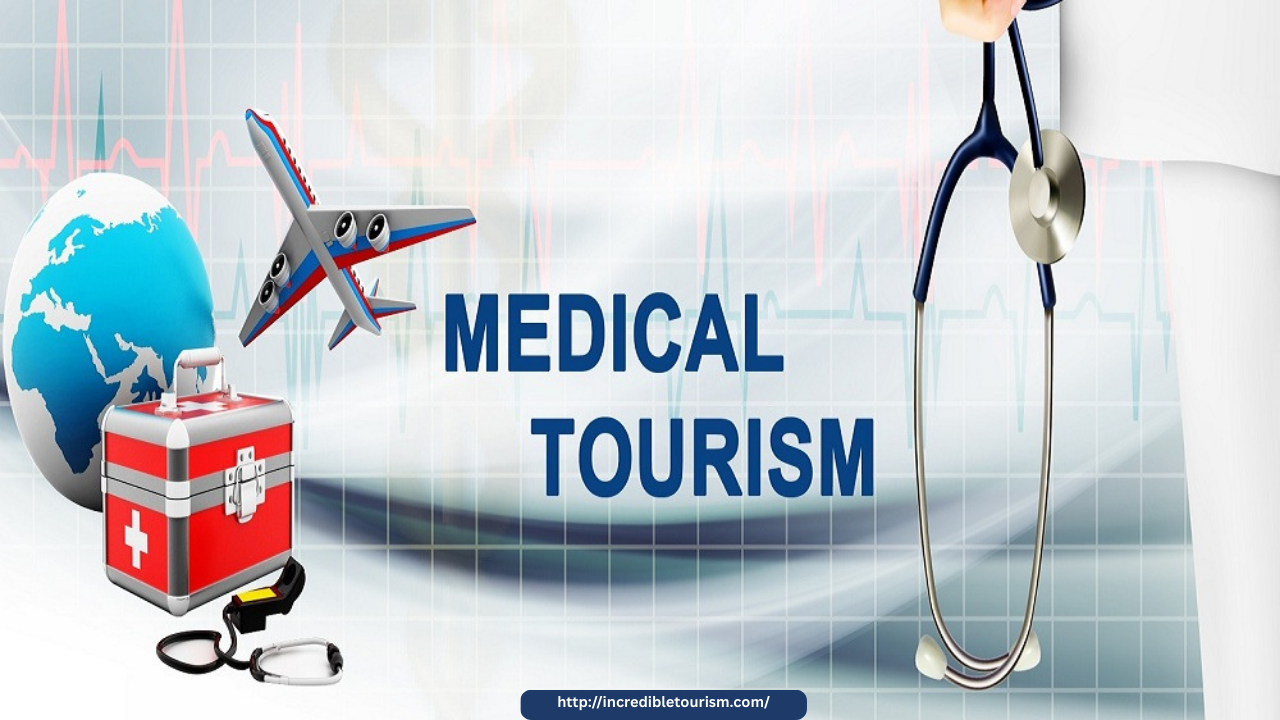Medical tourism, the practice of traveling abroad for medical treatment, has become increasingly popular as patients look for high-quality healthcare at a fraction of the cost. While this trend offers several advantages, including affordability and access to specialized care, planning a successful medical journey requires careful consideration to ensure safety, effectiveness, and a smooth recovery process. Here’s a step-by-step guide to help you plan your medical tourism trip with confidence.
1. Research Your Treatment and Destination
The first step is to research the type of treatment you require and identify the countries known for excelling in that specific field. Some destinations are renowned for particular specialties, such as India for cardiac surgery, Thailand for cosmetic surgery, or Mexico for dental work. Look for hospitals that are accredited by international organizations, such as the Joint Commission International (JCI), to ensure they adhere to global medical standards.
Take time to read reviews, watch patient testimonials, and reach out to medical tourism agencies that can provide guidance on the best hospitals and doctors for your needs.
2. Choose the Right Hospital
Once you’ve decided on a destination, the next step is selecting a reputable hospital or medical facility. Ensure that the hospital is accredited by international healthcare organizations like JCI or ISO to guarantee that the standards of care meet global norms. The hospital should also have experience in treating international patients and be equipped to offer services such as travel coordination, language interpreters, and post-operative care.
It’s also crucial to verify the credentials of the doctors or surgeons you’ll be seeing. Many hospitals list their staff’s qualifications and experience on their websites, so take the time to check their educational background, certifications, and track record with your particular procedure.
3. Understand the Full Costs
Medical tourism is often sought for its cost-saving benefits, but it’s essential to have a clear understanding of all associated expenses before booking your treatment. Be sure to ask the hospital for a detailed breakdown of all costs, including the procedure itself, consultations, hospitalization, post-operative care, medications, and any follow-up treatments.
Don’t forget to factor in travel expenses such as flights, accommodation, meals, transportation, and any additional services, such as rehabilitation or recovery time in the destination country. It’s also wise to check if your travel insurance covers medical treatments abroad or if you need additional coverage tailored to medical tourism.
4. Plan for Travel and Accommodation
Once the treatment is booked, plan your travel logistics. Research your destination for travel options, including visa requirements and any specific entry restrictions, especially if traveling during times of global health crises like the COVID-19 pandemic.
Many hospitals have partnerships with nearby hotels that offer medical tourism packages, including discounted rates for international patients. Choose accommodations that are comfortable, accessible, and located near the hospital to minimize stress during your recovery.
5. Prepare for Aftercare and Recovery
Recovery after surgery or treatment is a critical aspect of medical care. Before traveling, discuss with your doctor what the post-operative care process will entail. Some procedures may require you to stay in the destination country for a few weeks for follow-up care or rehabilitation, while others may allow you to return home sooner.
Ask about follow-up care options, including virtual consultations, and ensure that you have access to medical professionals in case of complications once you return to your home country.
6. Get Travel Insurance
Investing in comprehensive travel insurance that covers medical procedures abroad is an essential step. This type of insurance can provide protection in the event of complications, extended stays, or unexpected costs. Some insurance policies are specifically designed for medical tourists and can cover medical treatment, travel delays, and lost luggage, among other things.
Conclusion
Medical tourism offers many benefits, including access to affordable and high-quality healthcare. However, careful planning is key to ensuring a safe and successful experience. By researching treatment options, choosing the right hospital, understanding costs, and preparing for recovery, you can make your medical tourism trip as smooth and effective as possible. With the right preparation, traveling for treatment can be a life-changing experience that improves your health and well-being.
